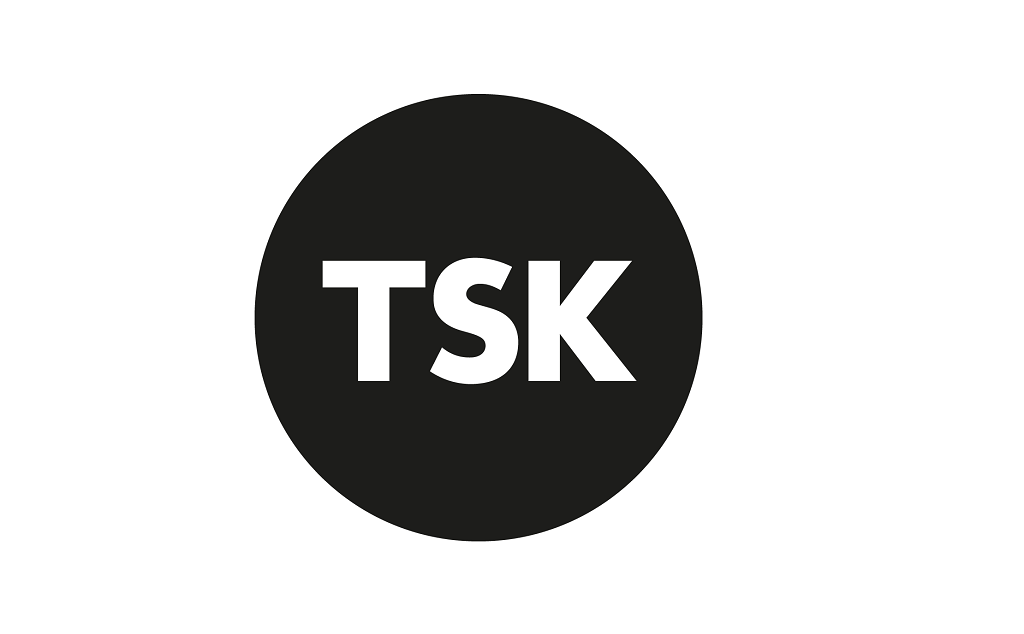Co-creation: the key to successful workplace change
Traditional change methods often rely on a top-down approach, where key decisions are made by a select few behind closed doors. These imposed changes can create a sense of detachment and disengagement among employees and lead to resistance to change.
Co-creation flips the script on traditional change methods. It puts employees front and centre and taps into the collective intelligence and creativity of a diverse workforce. By inviting staff to actively participate in every stage of the change journey, organisations can make better decisions, lead a smoother transition, and encourage employees to embrace the vision. How can you encourage employee participation and how to do you get ready for change?
Why encourage employee participation?
In today’s rapidly changing work landscape and constant disruptions, it’s not uncommon for employees to feel resistant to more upheaval. But research by Gartner reveals a more collaborative change strategy can decrease change fatigue.

Inviting your workforce to participate in your change journey brings multiple benefits that pave the way for a successful transformation:
1.Employee buy-in
Tapping into employee feedback will pinpoint potential concerns and acknowledge challenges early on. When people feel heard and valued, they are more likely to buy into the idea of change.
2. Meaningful change
Employees have valuable first-hand knowledge and experience that can help leaders make better decisions that influence meaningful change. By drawing on their insights and expertise, organisations can gain a deeper understanding of the impact certain changes will have.
3. Ownership and accountability
Active participation in the change journey cultivates a sense of ownership and accountability and increases the likelihood of employees embracing change.
4. Change readiness and resilience
Staff participation can help build a culture of change readiness and resilience, where employees are able to navigate uncertainty, adapt and remain open to new ideas. This type of culture will help your organisation stay agile and responsive to changing circumstances.

5. Stronger relationships
Showing your team that you value their input helps boost morale, increase employee satisfaction, and strengthen relationships.
6. A smooth transition
Communication and training will help employees feel supported and confident in adapting to the changes. Without information, people will create their own (usually negative) facts. Effective communication makes your organisation more likely to understand the rationale behind the changes and cooperate throughout the transition.
7. A magnetic office
Using employee feedback to support individual needs, preferences and work styles creates a magnetic office environment.
Get ready for change
In the unpredictable waters of change, being prepared is key. According to Gallup, only 54% of organisations are capable of sustainable change, and 48% of people believe companies do not have the necessary capabilities to ensure change is sustained. Without a solid strategy, companies risk sinking.
Establishing a long-term strategy
Establishing a comprehensive long-term workplace strategy is crucial when preparing for workplace change. It involves defining your organisational values, assessing how your current workplace is used and actively engaging your employees to understand their needs and preferences.

This process will help identify:
- How your office needs to change to support business objectives and meaningful employee experiences
- What your future way of working looks like
- Opportunities to rationalise your property portfolio and achieve cost savings
- Potential challenges such as employee resistance, culture issues, and resource or knowledge gaps
- The readiness of leaders to drive and support change
- Opportunities to enhance preparedness, such as developing clear and consistent messaging or providing adequate resources and training.

70% of the time, lack of management support and employee resistance get in the way of successful change adoption.
With commitment and engagement, the change is 30% more likely to be successful.
This excerpt has been taken from the Workplace Transformation Guide. Read on to find out how you can involve employees in your workplace journey.
Selected industry experts bring you insight and expert advice, across a range of sectors.
Subscribe for free to receive our fortnightly round-up of property tips and expertise
Selected industry experts bring you insight and expert advice, across a range of sectors.
Subscribe for free to receive our fortnightly round-up of property tips and expertise





